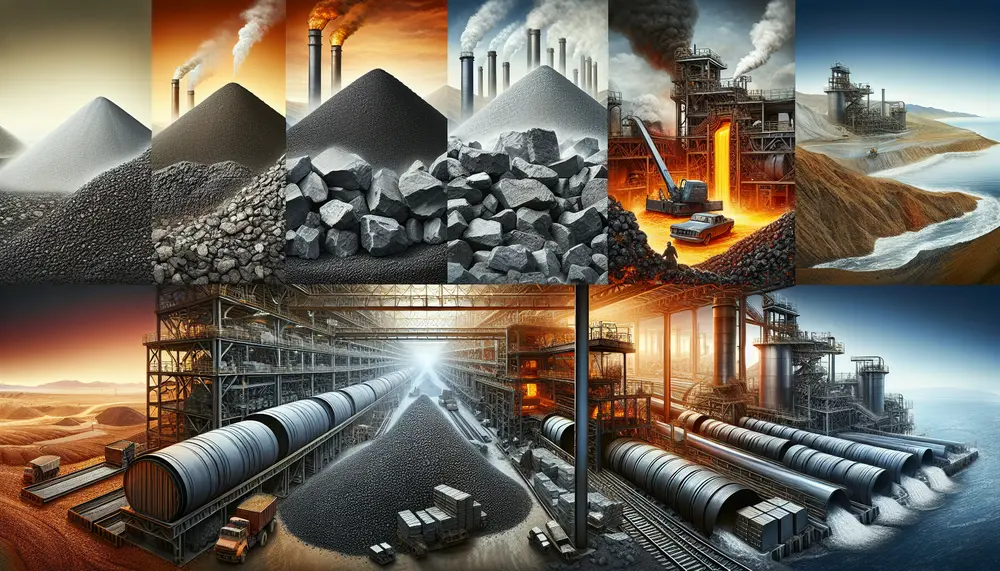Stainless steel
Stainless steel
Was ist Stainless Steel?
Stainless steel, auf Deutsch rostfreier Stahl, ist ein unverzichtbarer Bestandteil in der Welt der Stahlproduktion und des Stahlhandels. Der Begriff bezieht sich auf eine Gruppe von Stahlarten, die dank ihrer einzigartigen Zusammensetzung von Metallen außerordentlich beständig gegenüber Korrosion, also Rost, sind.
Die Zusammensetzung von Stainless Steel
Diese hohe Korrosionsbeständigkeit verdankt der Stainless steel insbesondere seinem hohen Gehalt an Chrom. Sobald dieser Anteil mindestens 10,5% beträgt, entsteht eine unsichtbare Chromoxidschicht an der Oberfläche des Stahls. Diese Schicht schützt den Stahl vor äußeren Einflüssen und sorgt damit für die hohe Langlebigkeit von Produkten aus Stainless steel.
Die Anwendung von Stainless Steel
Stainless steel findet eine breite Palette an Anwendungen in unterschiedlichsten Industrien. Seine hohe Korrosionsbeständigkeit macht ihn zur idealen Wahl für Umgebungen, in denen der Stahl starken äußeren Einflüssen ausgesetzt ist, beispielsweise in der Autoindustrie oder in der Bauindustrie. Aber auch in der Medizintechnik oder in der Nahrungsmittelindustrie wird auf Stainless steel zurückgegriffen.
Die Produktion von Stainless Steel
Die Produktion von Stainless steel ist ein aufwendiger Prozess, der aus mehreren Schritten besteht. Er beginnt mit dem Schmelzen von Eisen, Chrom und gegebenenfalls weiteren Metallen in einer Hochtemperatur-Schmelzanlage. Dann folgen weitere Prozesse wie das Gießen, Walzen und Veredeln, bis ein hochqualitativer Stainless steel entsteht.
Die Bedeutung von Stainless Steel im Stahlhandel
Aufgrund seiner außergewöhnlichen Eigenschaften ist Stainless steel von großer Bedeutung im Stahlhandel. Seine hohe Nachfrage und vielfältigen Anwendungsmöglichkeiten machen ihn zu einem wertvollen Gut auf dem Weltmarkt für Stahlprodukte.
Blog Posts with the term: Stainless steel

The Argon Oxygen Decarburization (AOD) process is a secondary steel making method that refines the composition of steel by reducing carbon content, using oxygen and inert gases like argon for controlled reactions. This technology allows for high-quality alloy production with...
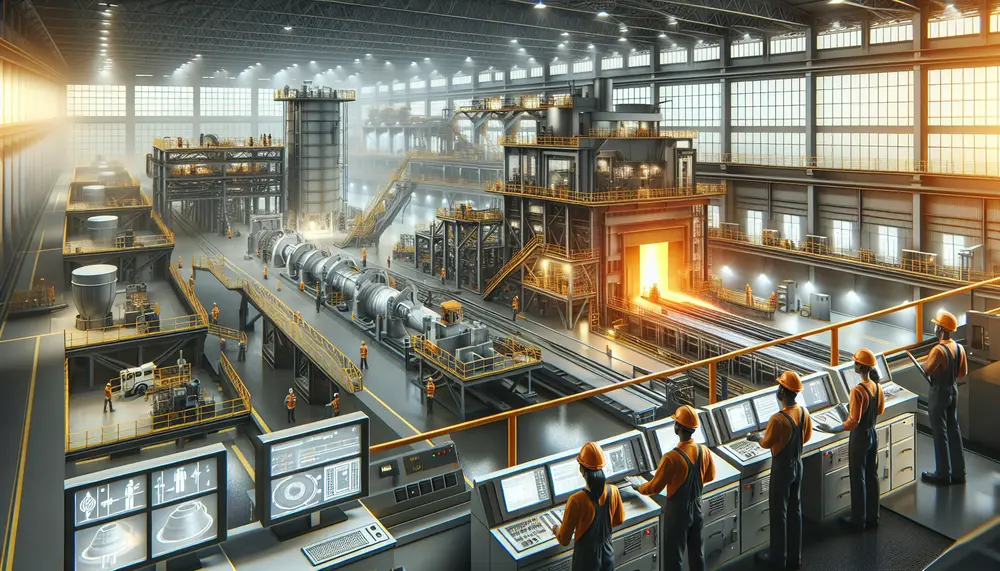
The article explains the importance of understanding a steelmaking flow chart, which outlines each step from raw material preparation to final products, aiding in efficiency and productivity. It details key components like raw materials (iron ore, limestone, coal), primary steps...
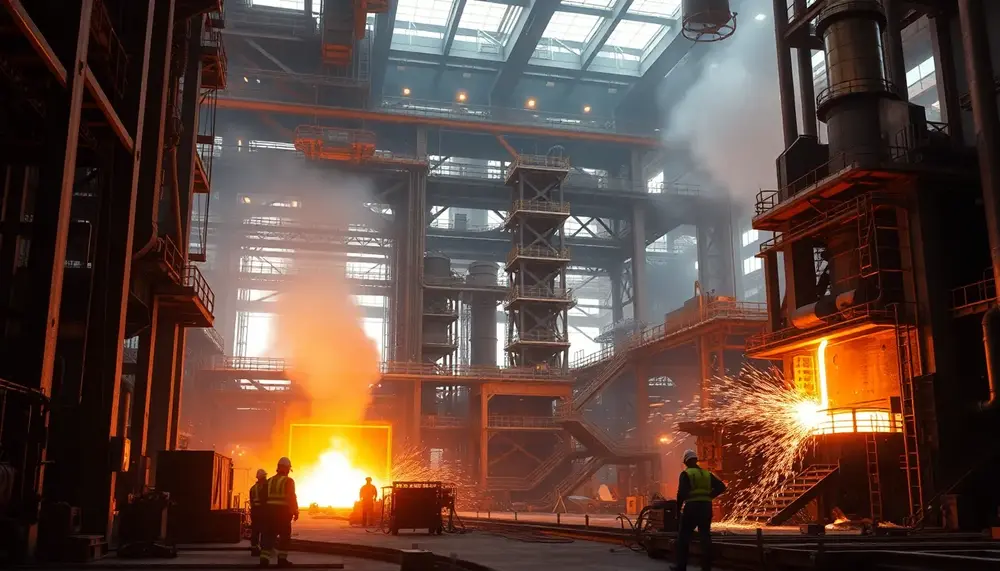
The global steel industry, vital for infrastructure and economic development, is evolving in 2023 through innovation, sustainability efforts, and fierce competition. Dominated by China with six of the top ten producers, the sector highlights strategic growth driven by technological advancements...
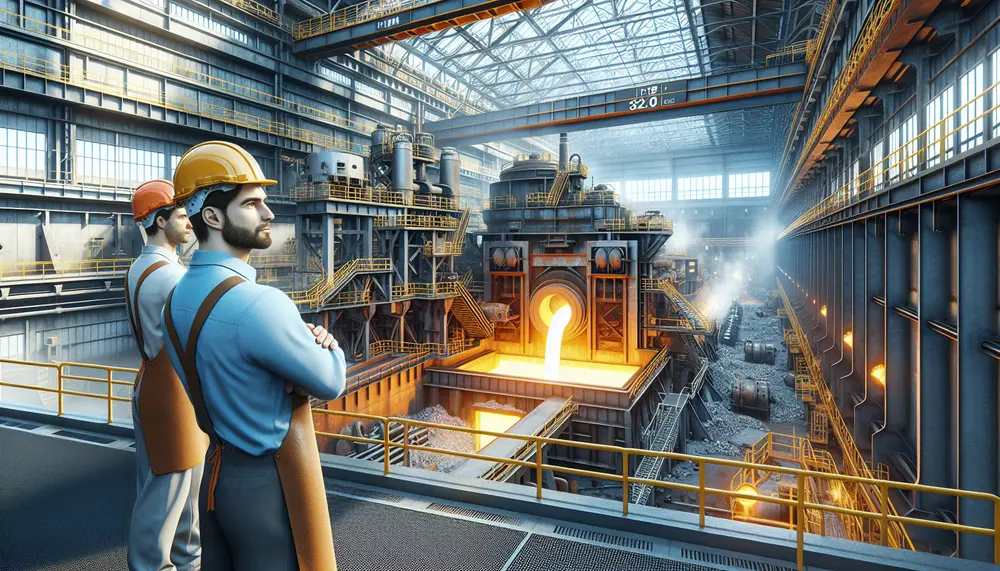
The VOD (Vacuum-Oxygen-Decarburization) steelmaking process is essential for producing high-quality stainless steel with very low carbon levels, crucial for applications like medical instruments and aerospace components. While it offers advantages such as enhanced decarburization and protection of alloying elements, its...
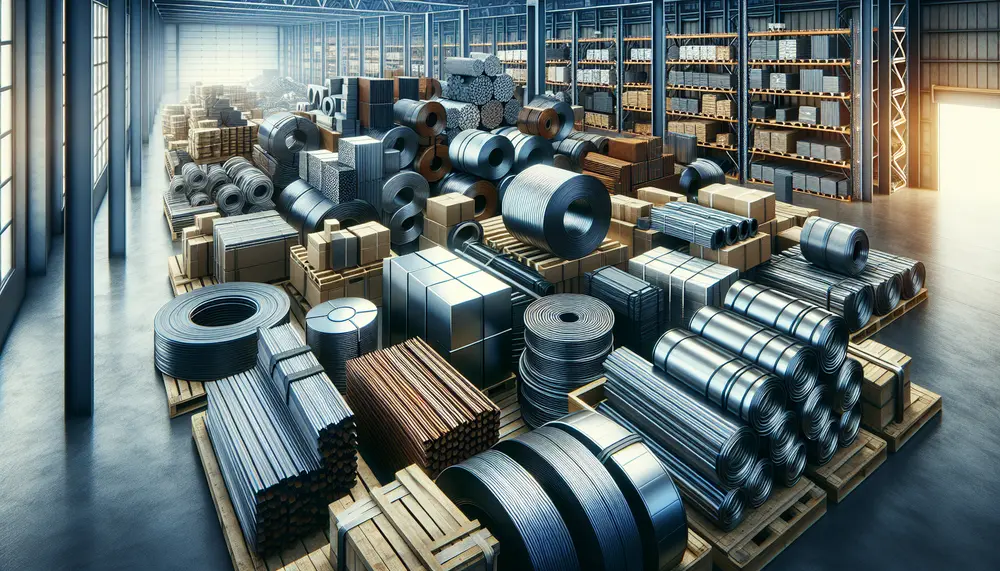
HTS codes are essential for classifying steel products in international trade, determining tariffs and compliance with regulations. They require precise understanding due to their complexity and frequent updates influenced by global trade changes....
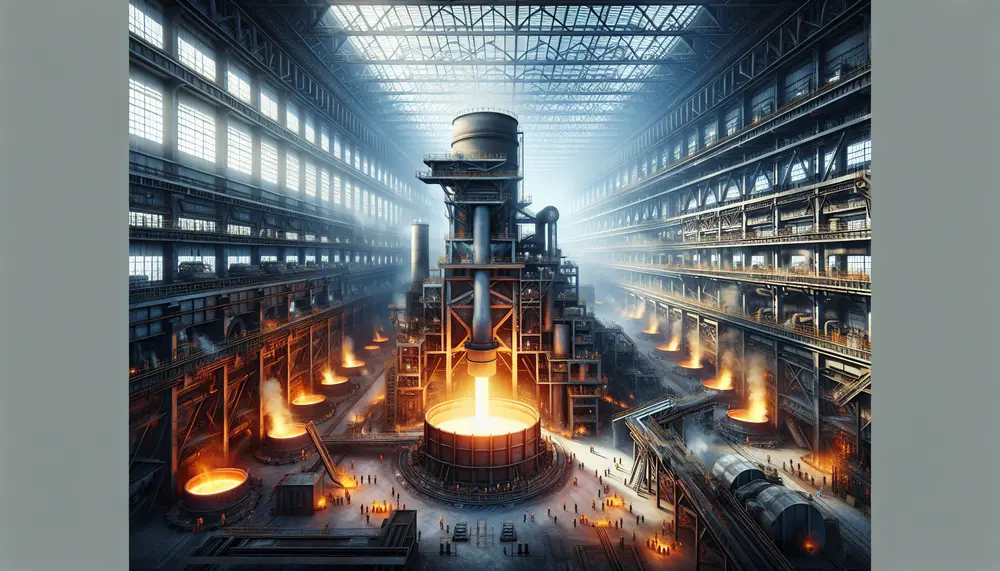
The article traces the history of steelmaking from early iron discoveries around 2,500 BCE to advanced techniques like Chinese cast iron production and Indian Wootz steel. It highlights key innovations such as smelting, forging by the Chalybes, and global influences...
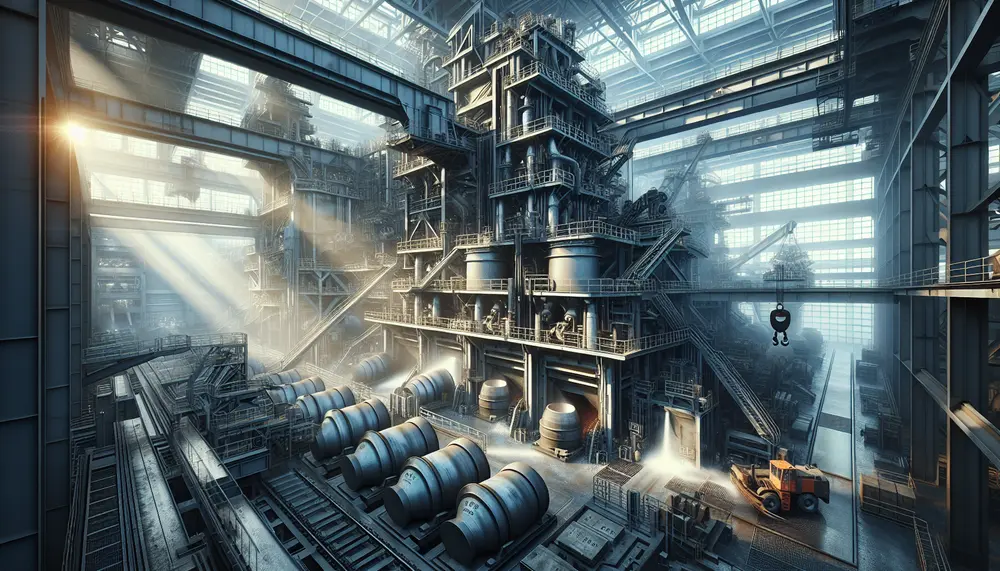
The steel making degassing process is essential for producing high-quality steel by removing dissolved gases like hydrogen, nitrogen, and carbon monoxide to prevent material defects. Vacuum degassing enhances the mechanical properties of steel, crucial for applications in construction and manufacturing,...
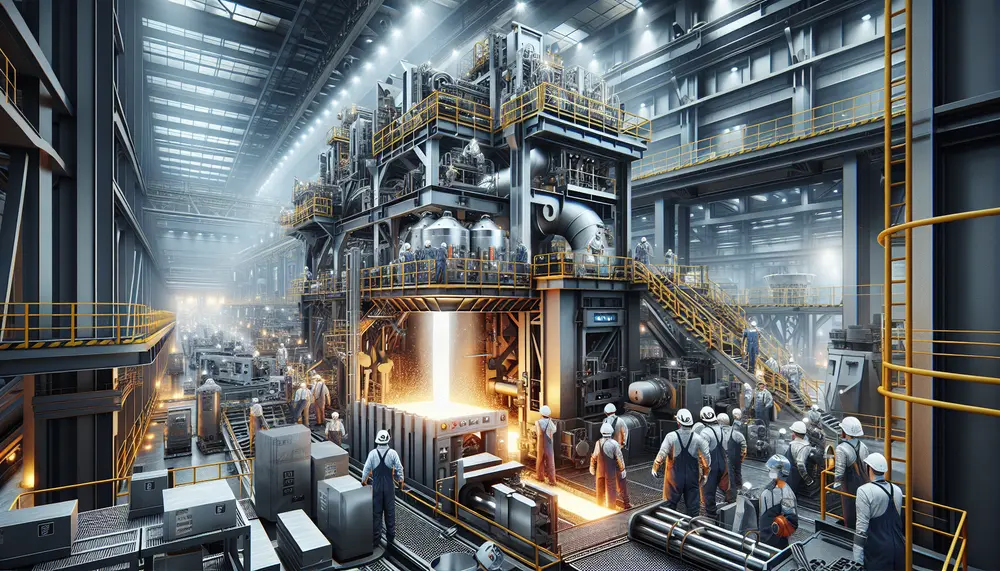
The Argon Oxygen Decarburization (AOD) process is essential in producing high-quality stainless steel by refining molten steel to reduce carbon content while preserving valuable alloying elements like chromium. This method, involving precise control of gas mixtures and temperatures during decarburization,...
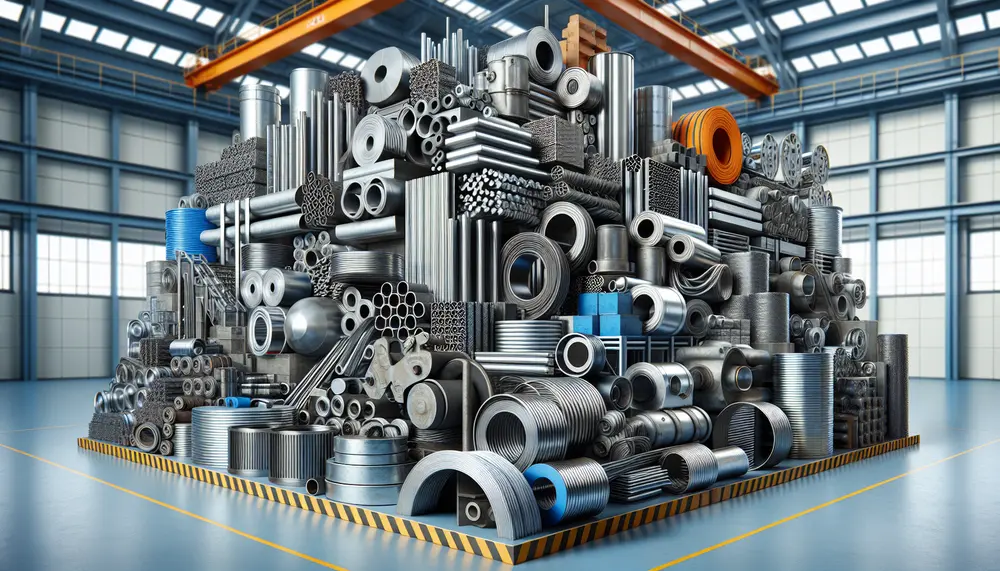
The article provides an in-depth look at the role of steel products across various industries, highlighting their diverse applications and importance. It covers the basics of steel production, compares uses in different sectors, explains differences between hot-rolled and cold-rolled steel,...
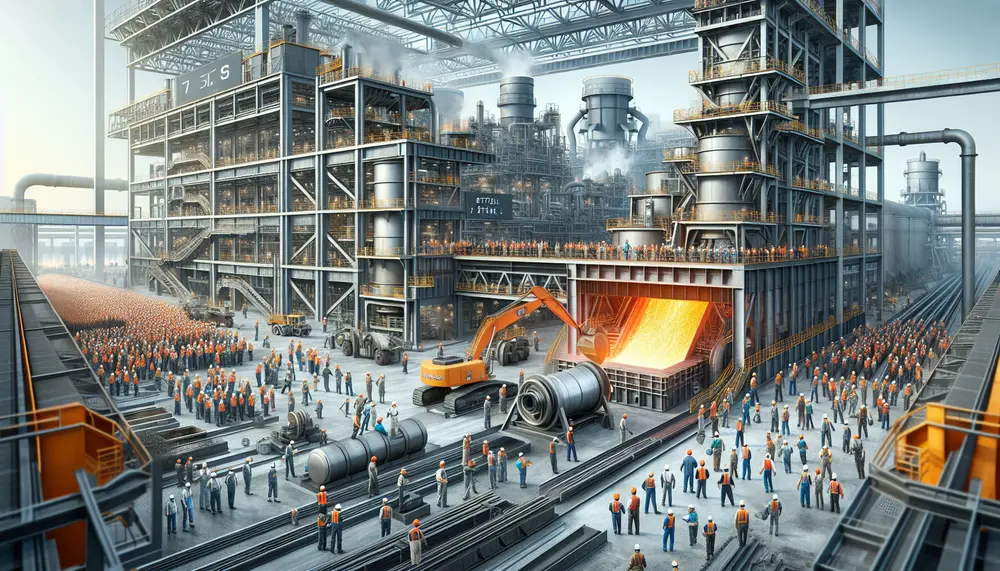
The article explains the steel production process using a detailed steelmaking diagram, which visually breaks down each step from raw material preparation to finishing processes. It covers two main methods of steelmaking—Basic Oxygen Steelmaking (BOS) and Electric Arc Furnace (EAF)—and...
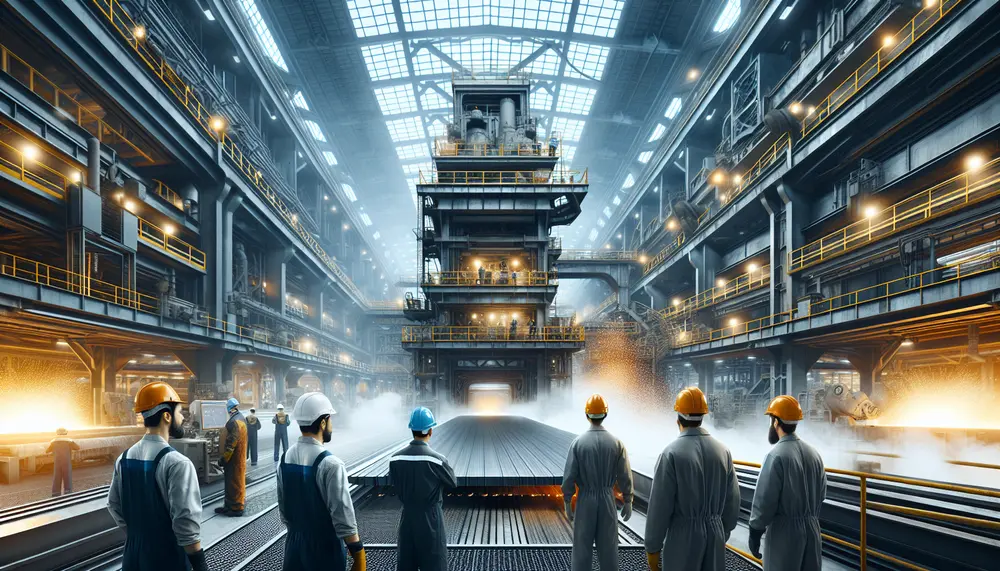
Steelmaking oxidation is a critical process in steel production, involving the intentional addition of oxygen to molten iron to trigger chemical reactions that remove impurities like carbon, silicon, and phosphorus, thereby enhancing the quality and properties of steel. This process...
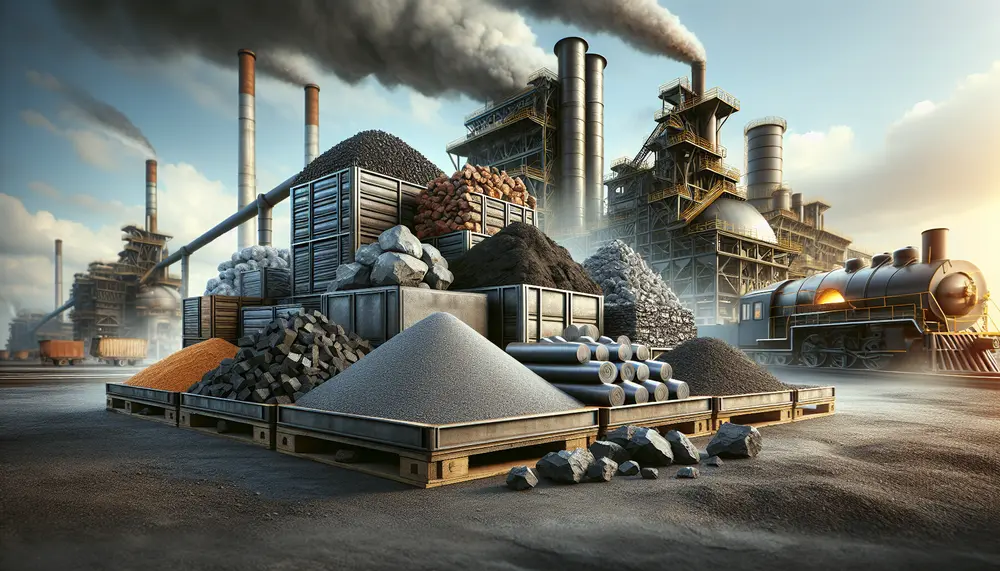
Steel production relies on a balance of raw materials like iron ore, coal, limestone, and scrap metal to determine the characteristics of different steel types. Understanding these ingredients is crucial for industry professionals as they influence strength, durability, and quality...
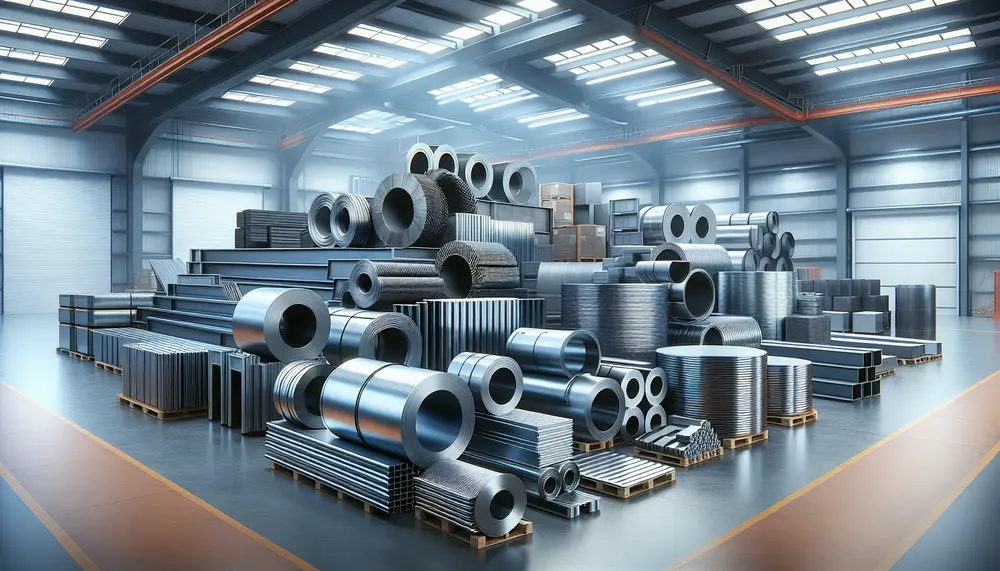
Steel is an iron-carbon alloy with varying carbon content that determines its hardness, ductility, and tensile strength; other elements like chromium can be added to enhance specific properties such as corrosion resistance. Steel products are categorized into four main types:...
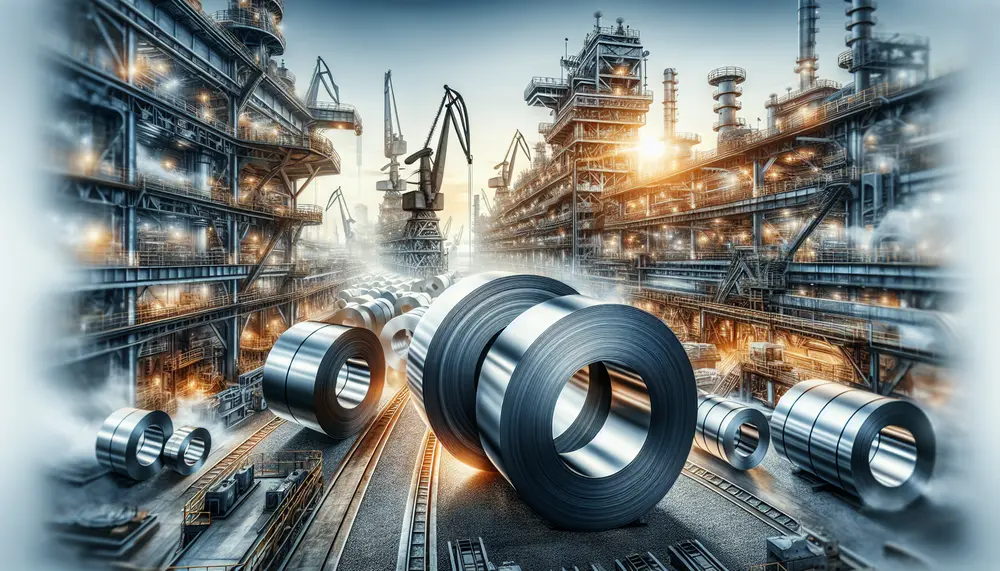
The steel industry in Thailand is a significant and growing sector, fueled by the country's economic growth, urbanization, and strategic location in Southeast Asia. Despite its robust domestic market and government support for industrial expansion, challenges such as high energy...

